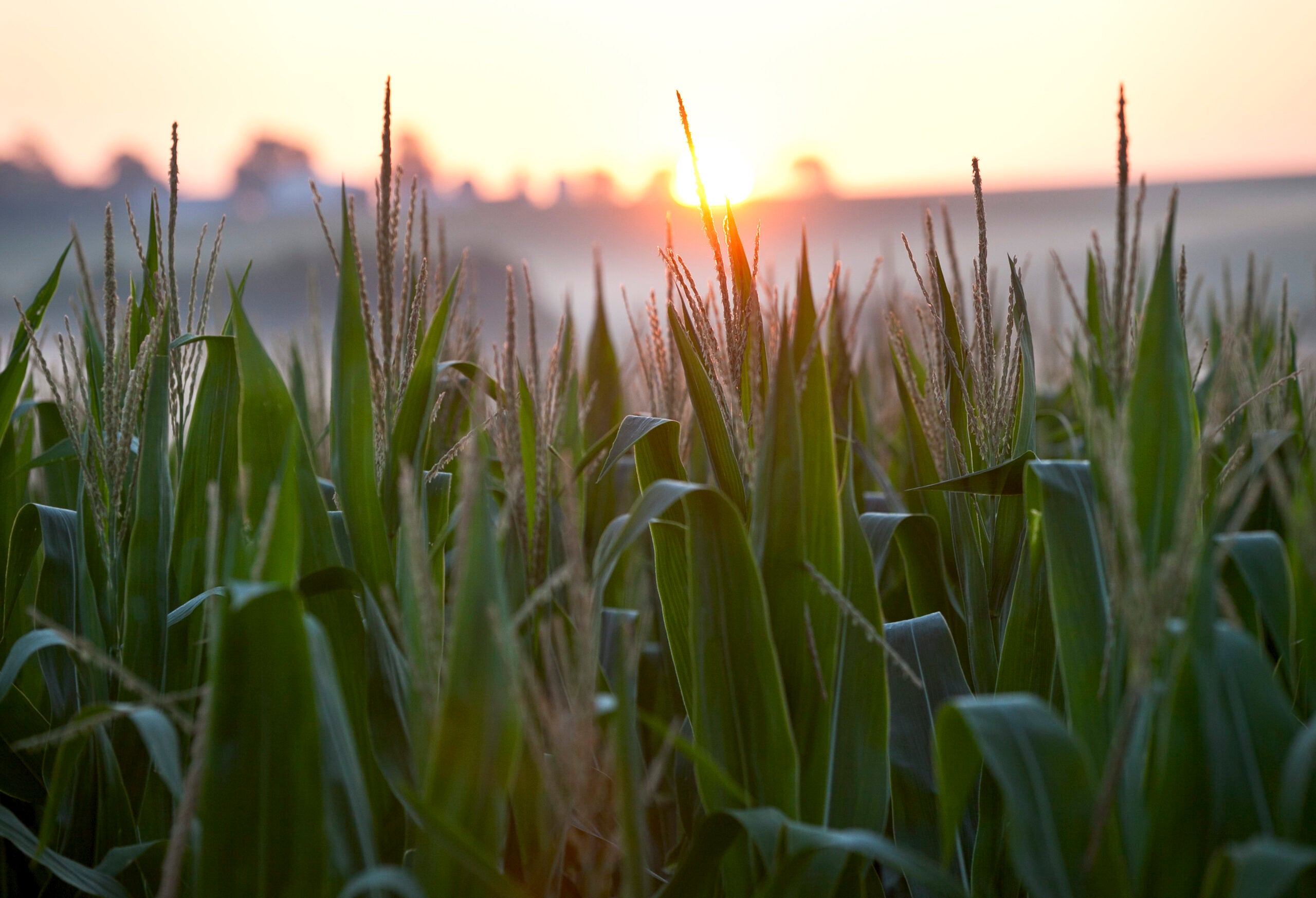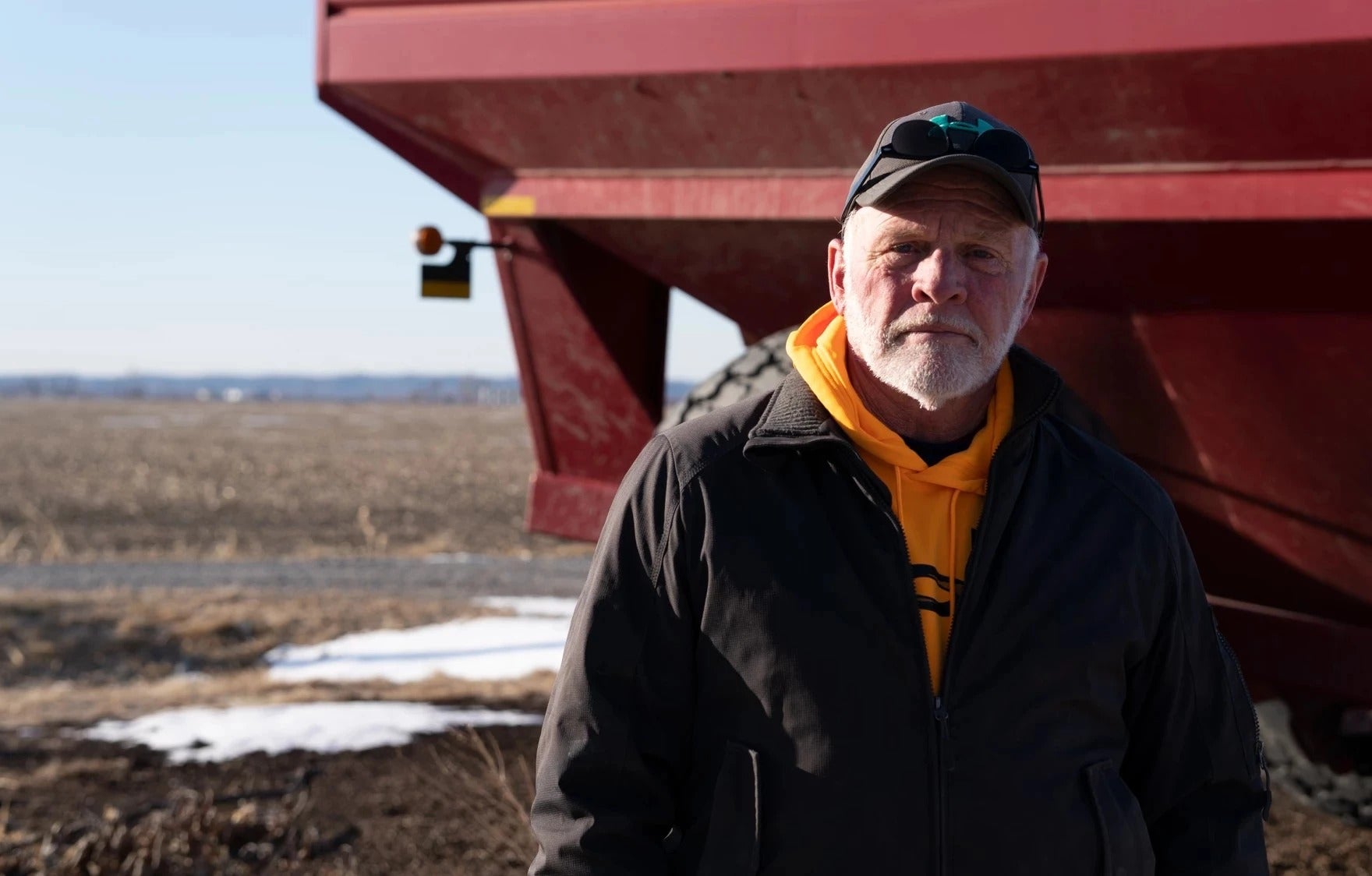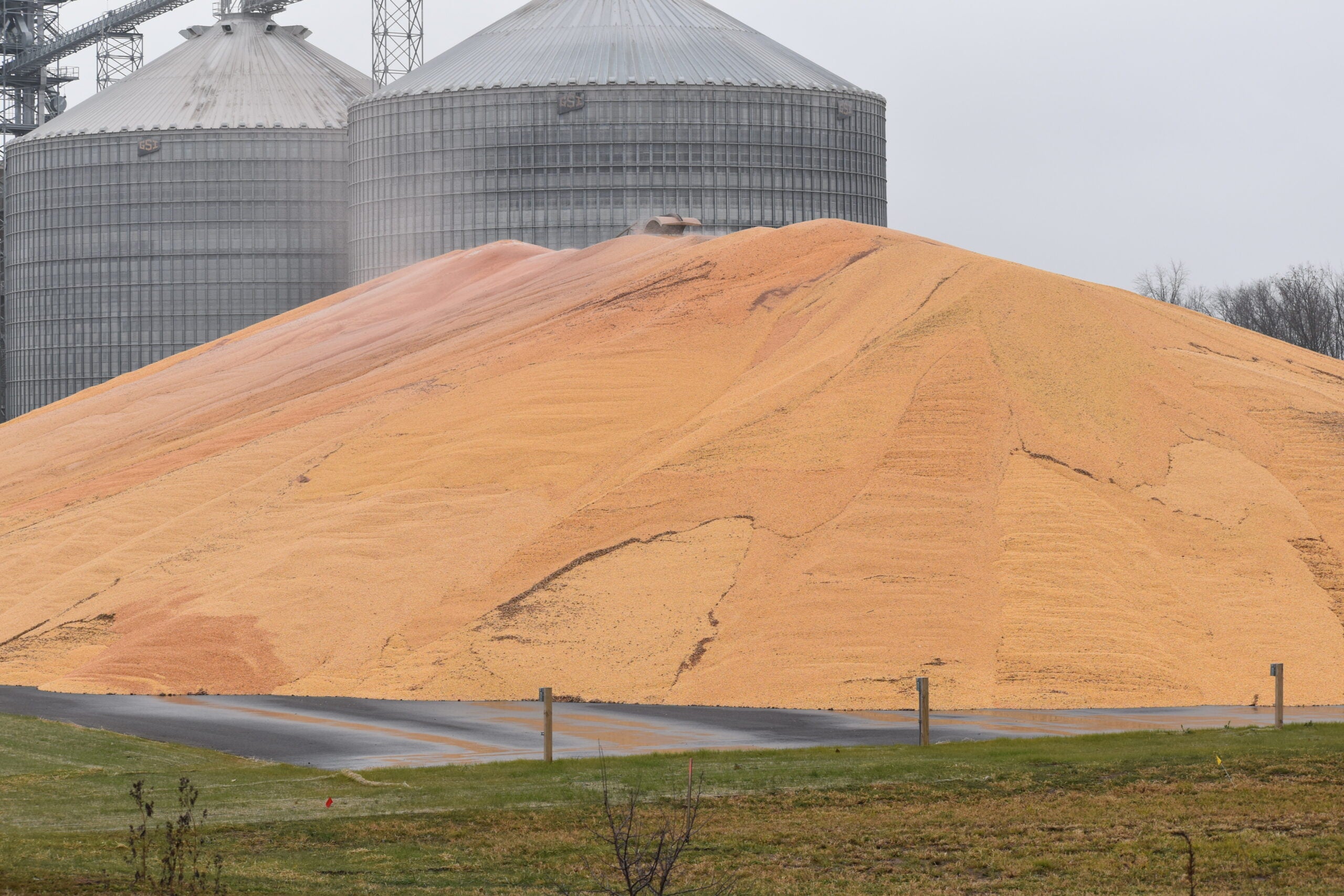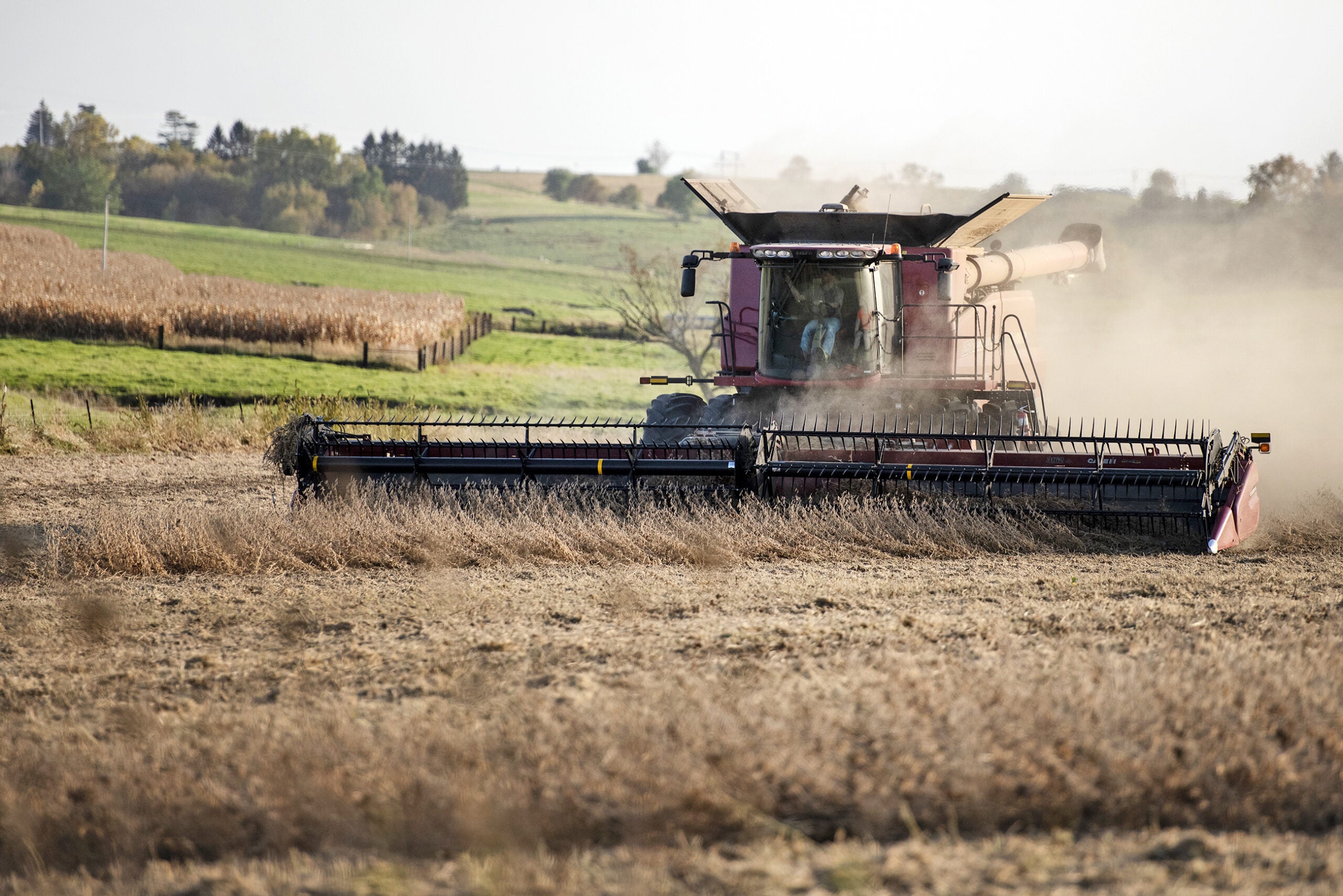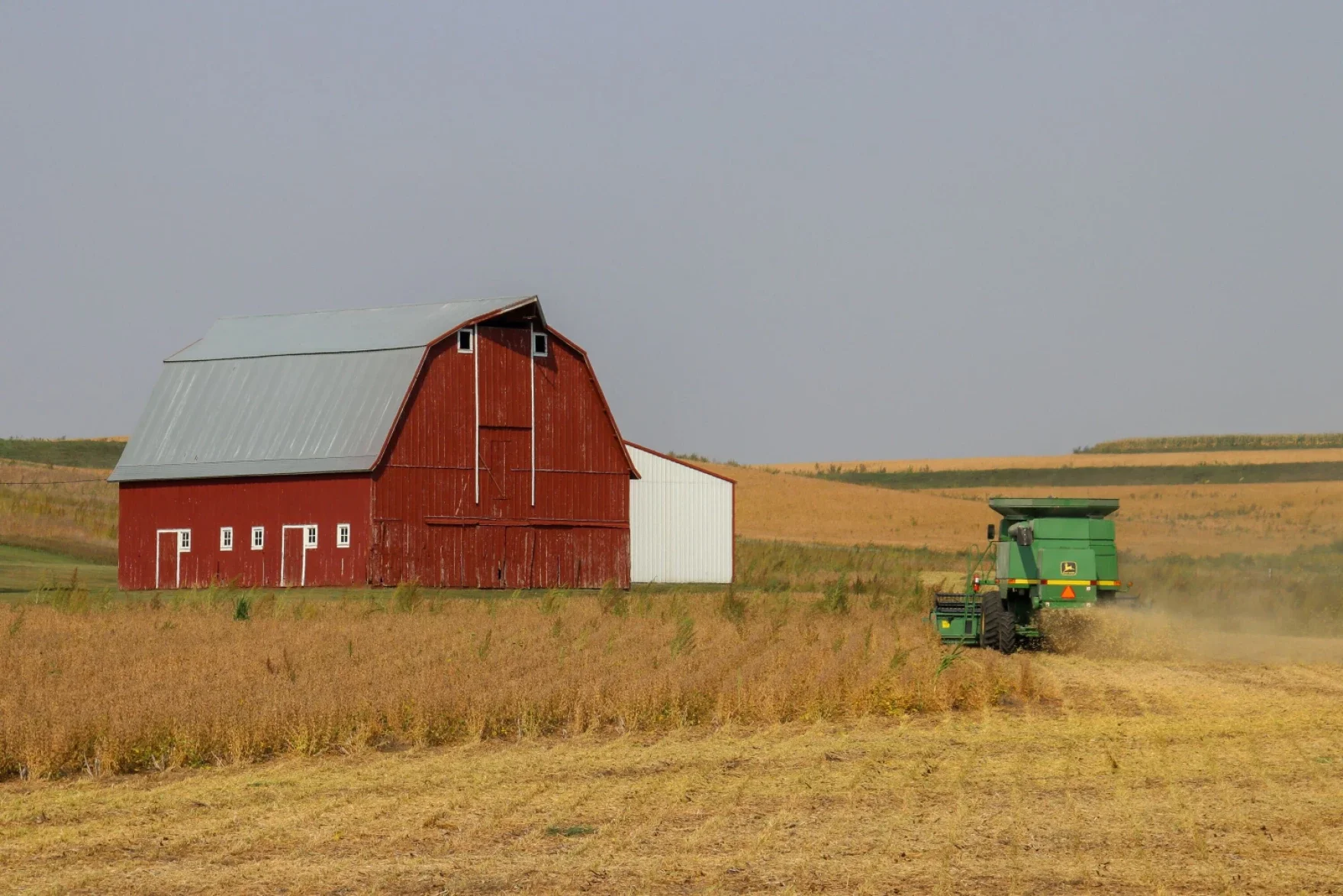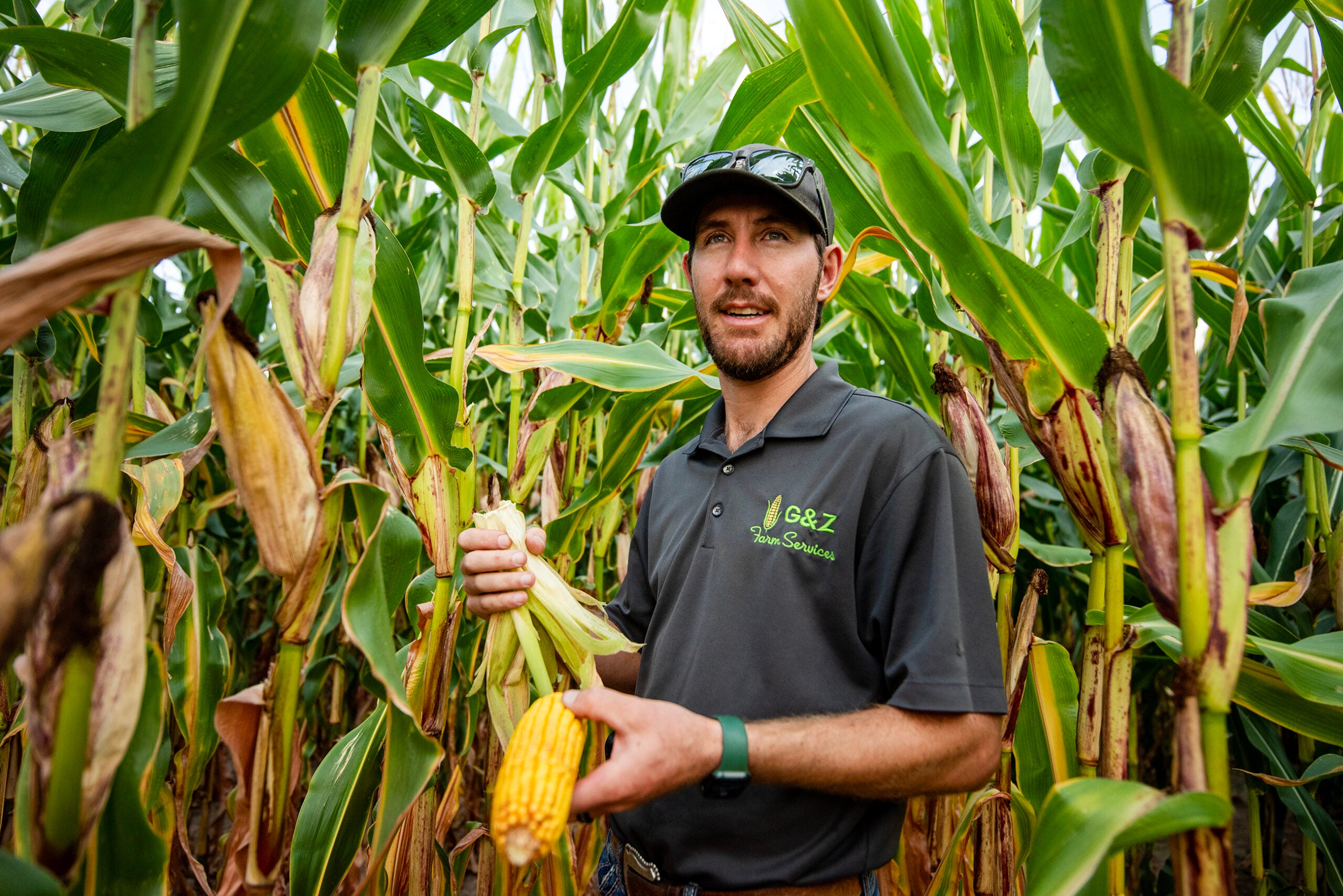The current heatwave across Wisconsin has helped crops catch up after a slow start to the season.
Planting of corn and soybeans was a week ahead of the five-year average this spring. But Jerry Clark, agricultural agent for the University of Wisconsin-Madison’s Division of Extension in Chippewa County, said cooler-than-normal temperatures kept crops from growing at the usual pace.
With temperatures warming in recent weeks, Clark said crops are back on schedule, meeting the old adage of “knee-high by the Fourth of July.”
News with a little more humanity
WPR’s “Wisconsin Today” newsletter keeps you connected to the state you love without feeling overwhelmed. No paywall. No agenda. No corporate filter.
“The late-planted corn even made ‘knee-high.’ We’ve had adequate rainfall through most of this growing season.” Clark said.
The latest crop progress report from the U.S. Department of Agriculture shows 2 percent of Wisconsin corn fields had reached the silking stage, which is two days ahead of the five-year average. Forty percent of the state’s soybeans were blooming, 11 days ahead of the average.
Crop prices have also seen significant increases for the first time since the start of the coronavirus pandemic.
The increase came after the USDA released their annual acreage report last week, showing the number of acres planted across the U.S. were lower than the department’s estimate in March. Corn acres saw the biggest change nationally, going from an estimated 97 million acres nationwide to 92 million acres actually planted.
Paul Mitchell, director of the Renk Agribusiness Institute at UW-Madison, said the surprise allowed prices for 2020 crops to regain some of what they lost when the coronavirus pandemic hit the market this spring.
“COVID-19 probably took off somewhere around 50 to 60 cents per bushel on the expected crop price for corn and like 75 cents roughly for soybeans,” Mitchell said. “We’ve made up about a quarter on corn and roughly 40 cents on soybeans. So we’re not back to profitability for most farmers, but we’re definitely going in that direction.”
He said concerns about the future of exports or difficulty securing operating loans this spring could have prevented farmers from planting as much as they hoped.
But while planting acreage was down nationwide, the USDA report found Wisconsin farmers planted more corn and soybean acres than previously estimated. Producers planted 4 million acres of corn, up 100,000 acres from the March estimate. Soybean acres also came in 100,000 acres higher than the March report, with farmers planting 2.05 million acres across the state.
Mitchell worries a surge in COVID-19 cases this fall could cause prices to plummet again.
“Ethanol demand falls off, people are staying at home more, food demand, everything shifts again and we’re back to COVID-19 prices,” Mitchell said. “I’m thinking we’re doing OK on production. It’s really the demand side that’s uncertain.”
Clark said these uncertainties were definitely weighing on farmers’ minds as they made planting decisions. Even with increased acres planted in Wisconsin, Clark said many fields in his area were not rented this year.
“That was a question we received from a number of landowners, was, ‘My farmer doesn’t want to rent my land anymore.’ Maybe it was a small piece of land or it was an odd-shaped piece of land or it was difficult to farm for some reason,” Clark said. “I think farmers were just cutting back on some of the acreage they were going to put in. If it was a contract on rented land that was coming due and it was something that wasn’t returning a profit or if it was marginal type of land, farmers were willing to let it go.”
He said many farmers also jumped on the recent price increase to secure some certainty for this year’s crop through forward contracting.
“Farmers either priced more or maybe that was the time to price some new crop that will be coming in the fall. So I’m sure there was some reaction when it jumps that much,” Clark said.
Wisconsin Public Radio, © Copyright 2025, Board of Regents of the University of Wisconsin System and Wisconsin Educational Communications Board.

